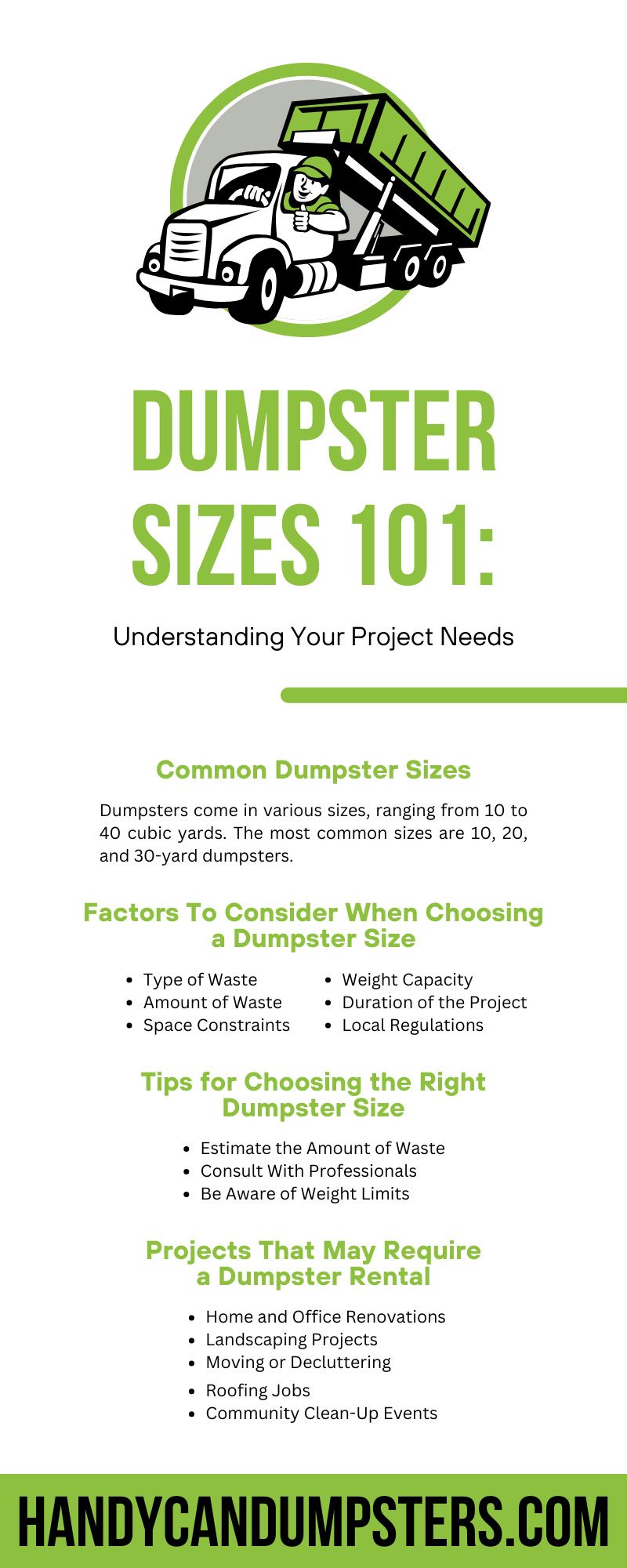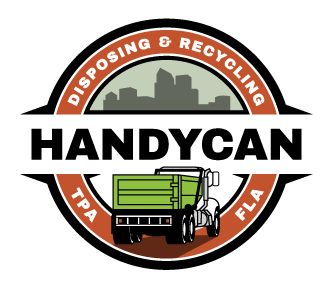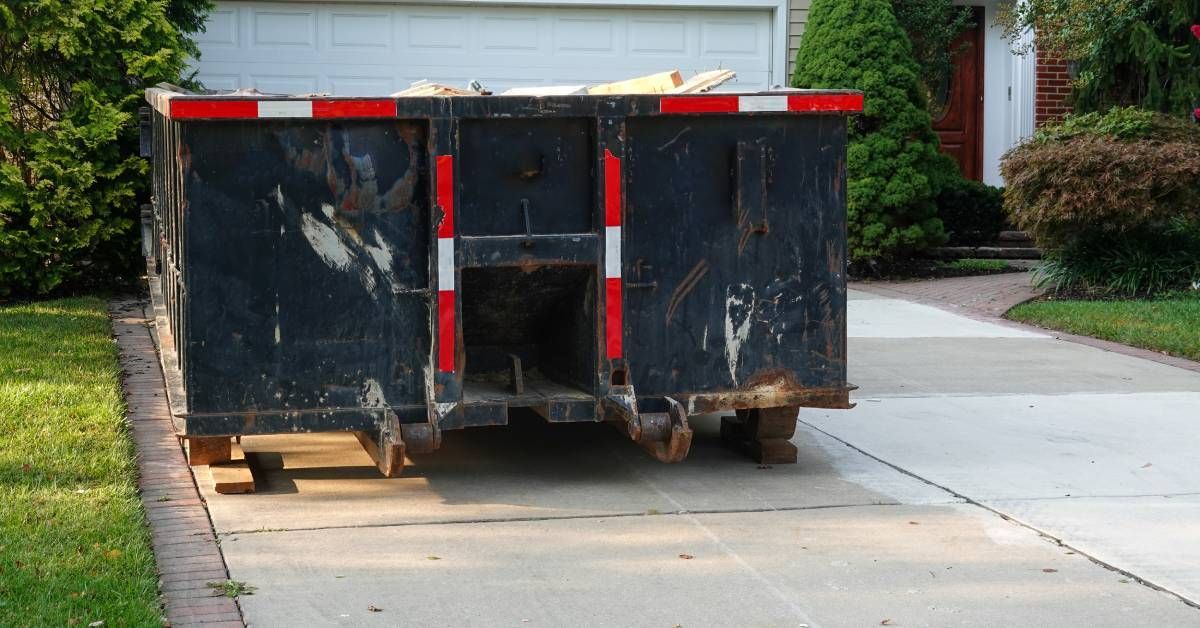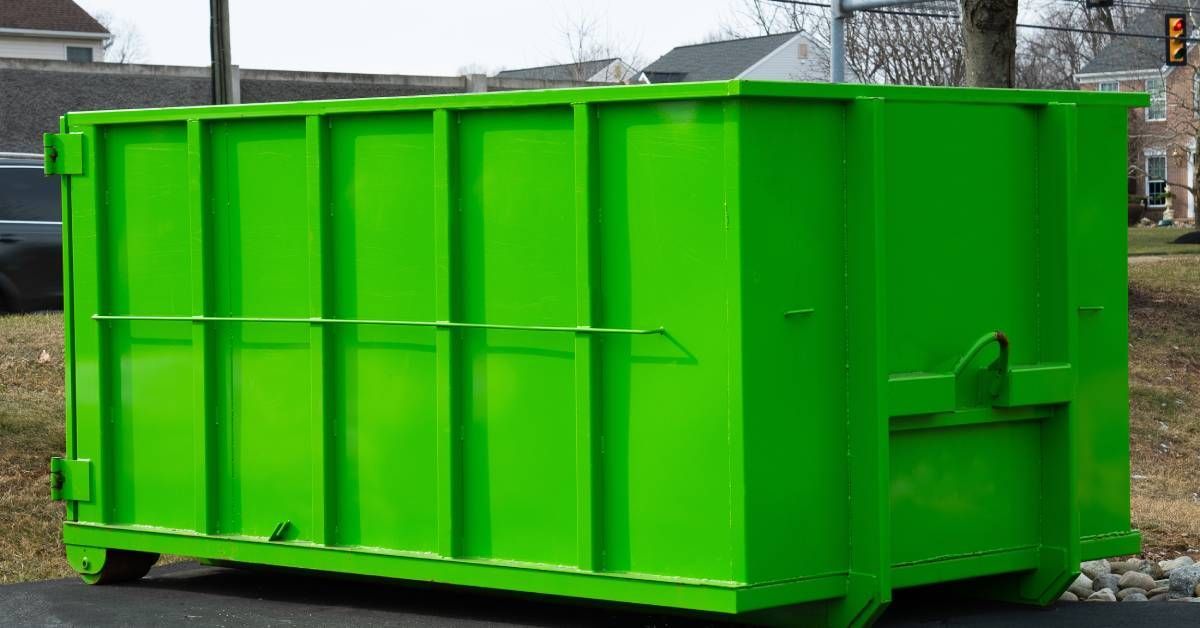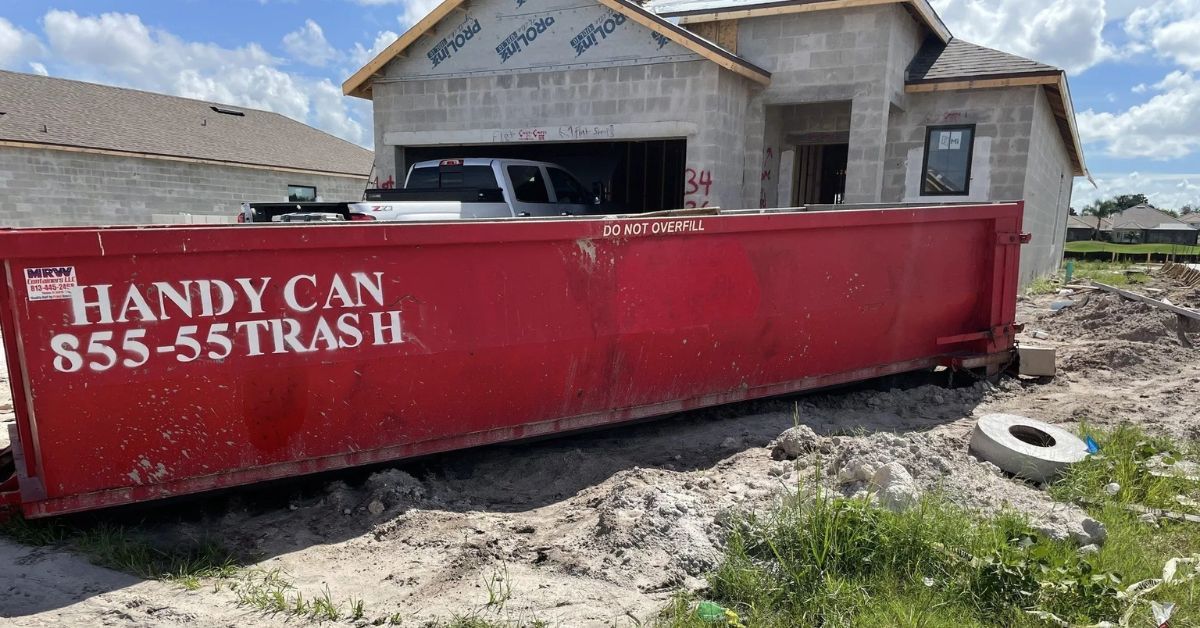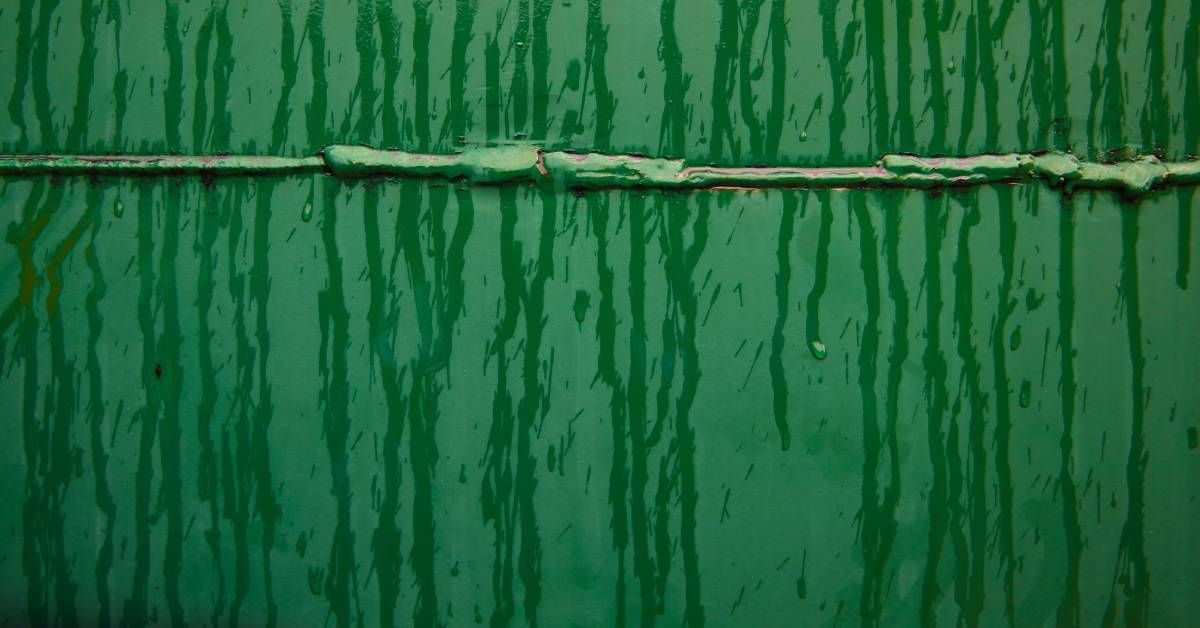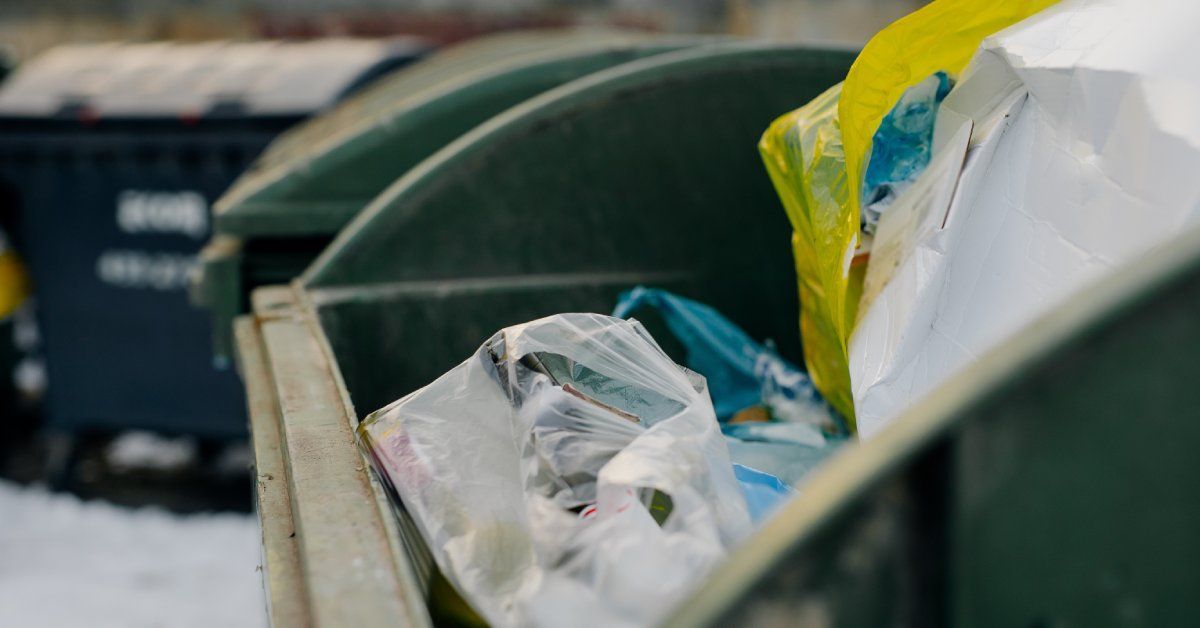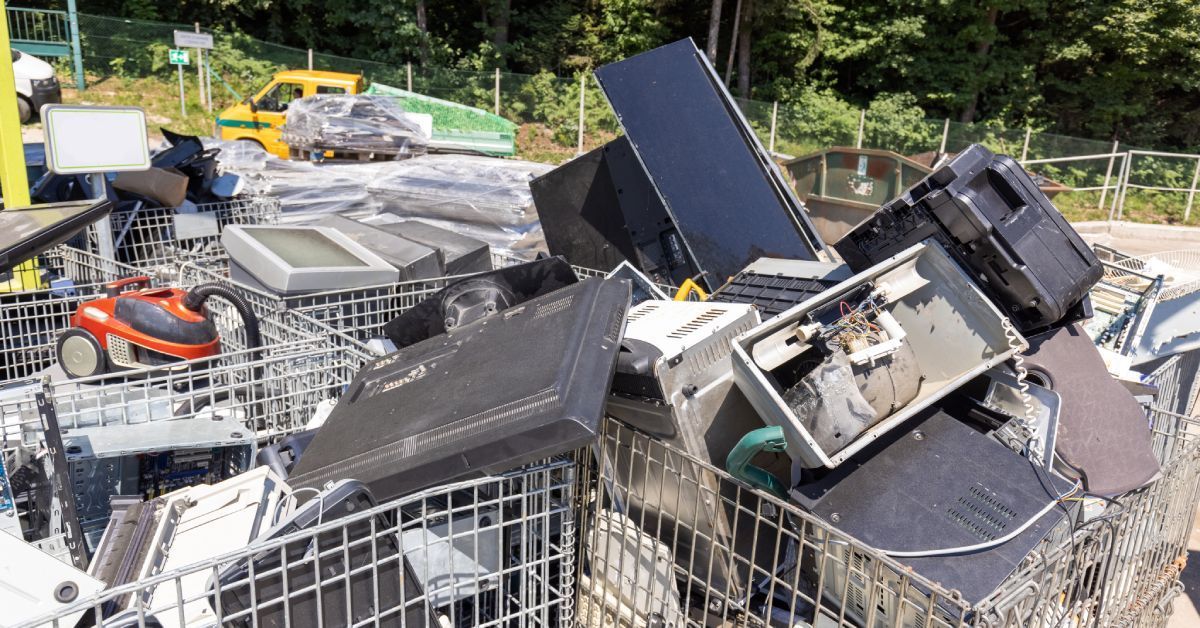Dumpster Sizes 101: Understanding Your Project Needs
When it comes to managing waste and debris, one of the most important decisions you will have to make is choosing the right dumpster size for your project. There are so many options available that it can be overwhelming when you’re trying to determine which dumpster size best suits your needs. We’ve compiled this guide to help you understand the different dumpster sizes available and which is best for your specific project needs.
Various Dumpster Sizes
We typically measure dumpster sizes in cubic yards, which refers to the amount of space inside the dumpster. For example, a 10-yard dumpster can hold approximately 10 cubic yards of waste. The larger the dumpster size, the more waste it can hold.
Common Dumpster Sizes
Dumpsters come in various sizes, ranging from 10 to 40 cubic yards. The most common sizes are 10, 20, and 30-yard dumpsters. Here’s a breakdown of each size.
10-Yard Dumpster
This dumpster size is the smallest available and is ideal for smaller projects or limited space. It can hold roughly 10 cubic yards of waste or junk removal, which is equivalent to about three pickup truck loads. This sizing is perfect for minor home renovations or small clean-up projects.
20-Yard Dumpster
This dumpster size is the most popular size and can hold about 20 cubic yards of waste. These dimensions are equivalent to about six pickup truck loads. It’s an ideal size for medium-sized plans like basement or garage cleanouts, kitchen or bathroom renovations, and small landscaping projects.
30-Yard Dumpster
The largest common dumpster size is the 30-yard one. It can hold roughly 30 cubic yards of waste, which is equivalent to about nine pickup truckloads. This size is ideal for larger projects, such as whole-home renovations, major landscaping projects, or commercial construction.
Factors To Consider When Choosing a Dumpster Size
Now that you know the common dumpster sizes, how do you determine which one is best for your project? There are a few factors to consider.
Type of Waste
The type of waste you will be disposing of plays a significant role in choosing the right dumpster size. For example, if you’re doing a roofing project, you may need a larger dumpster size to accommodate the bulky and heavy materials. Meanwhile, you may want a smaller dumpster size for a bathroom renovation.
Amount of Waste
The amount of waste generated will also influence the dumpster size you need. If you have a large-scale project, opting for a bigger dumpster to avoid multiple trips and additional fees is best.
Space Constraints
If you have limited space on your property or project site, choosing a dumpster size that will fit comfortably in the available area is important. You don’t want to end up with a dumpster that’s too large and takes up unnecessary space.
Other Important Considerations
In addition to the above factors, there are a few other things you should keep in mind when choosing a dumpster size.
Weight Capacity
Each dumpster has a weight limit, and exceeding it can result in additional fees. Be sure to estimate the weight of your waste accurately when selecting a dumpster.
Duration of the Project
Consider how long your project will last and how often you may need to empty the dumpster. If it’s a longer project, you may want to opt for a larger dumpster that can hold more waste.
Local Regulations
Check with your town and county regarding any permits or regulations for dumpster placement and usage. Some regions may have restrictions on the size of dumpsters allowed on residential properties.
Tips for Choosing the Right Dumpster Size
To make sure you choose the right dumpster size, here are a few tips to keep in mind.
Estimate the Amount of Waste
Look at how much waste you will be generating and try to estimate the volume. This estimation will give you a better idea of the most suitable dumpster size.
Consult With Professionals
If you’re still unsure about the right dumpster size for your project, don’t hesitate to consult with professionals. They have the expertise and experience needed to help you make an informed decision.
Be Aware of Weight Limits
As mentioned earlier, each dumpster has a weight limit. Check this before selecting a size, and try not to exceed it.
Projects That May Require a Dumpster Rental
Several types of projects may necessitate a dumpster rental to manage the waste effectively. Let’s discuss a few common ones.
Home and Office Renovations
Whether you’re renovating a small bathroom or a large office space, construction debris—such as old fixtures, flooring, and drywall—can pile up quickly. A dumpster can help you keep your project site clean and efficient.
Landscaping Projects
Major yard work and landscaping projects can generate quite a bit of green waste. Things like branches, leaves, grass cuttings, soil, and old patio furniture are all things you might find yourself needing to dispose of in a landscaping project.
Moving or Decluttering
A dumpster can be an invaluable asset if you’re preparing for a move or just taking the opportunity to declutter your home or office. It allows you to dispose of old furniture and other items you no longer need.
Roofing Jobs
Roofing materials are often bulky and heavy. A dumpster, particularly one designed for construction waste, is an excellent choice for disposing of old shingles, underlayment, and other roofing materials.
Community Clean-Up Events
If you’re organizing a community clean-up, a junk removal dumpster is a great way to manage the waste collected. They are ideal for disposing of litter, old furniture, and other large items gathered during the event.
Remember, consider the scope and potential waste generation when planning a project. Talk to a professional waste management company, like Handy Can, to select the correct size for your project.
Closing Thoughts
With this guide, we hope you now better understand dumpster sizes for your project and their purpose. Remember to consider your waste type, amount, and space constraints when choosing a dumpster size. And don’t be afraid to seek professional advice to ensure you have the right-sized dumpster for your project needs. Efficient planning can go a long way in making your waste management process smoother and more efficient. So why wait? Contact us today to discuss your project needs and find the perfect dumpster size.
